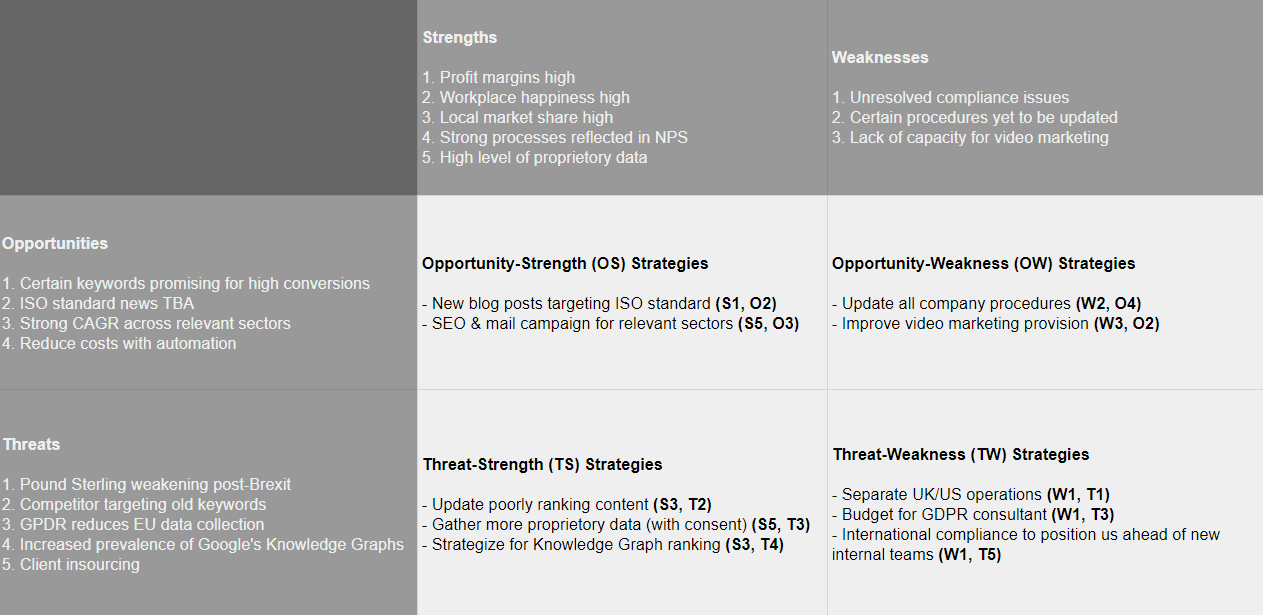This product strategy template is designed to guide you through the process of preparing a new product strategy, either for an existing product or a new product line.
The process seeks to guide the team through the necessary steps to pool knowledge and expertise in order to produce the most effective strategy.
The end goal of this process is a report which clearly outlines the product strategy and sets out clear steps for putting this strategy in place.
It is important to iterate and improve your strategy during the creation phase and as part of an ongoing effort to maximize its effectiveness.
This template is split into the following sections:
- Preparatory research tasks
- Writing and structuring the document
- Improving the document through revisions
- Formulating a way to implement the strategy
Throughout this process, you can use features like task assignments to delegate responsibility for individual tasks to those who may perform those duties best.
There are form fields and widgets within the tasks in order to share information and keep important information stored within this master process.
Utilizing form fields, assignments, and dynamic due dates for tasks will allow this process to run smoothly and facilitate a well-formulated strategy.
To get started, add this template to your Process Street account, edit the template as needed, and then run as a checklist.







